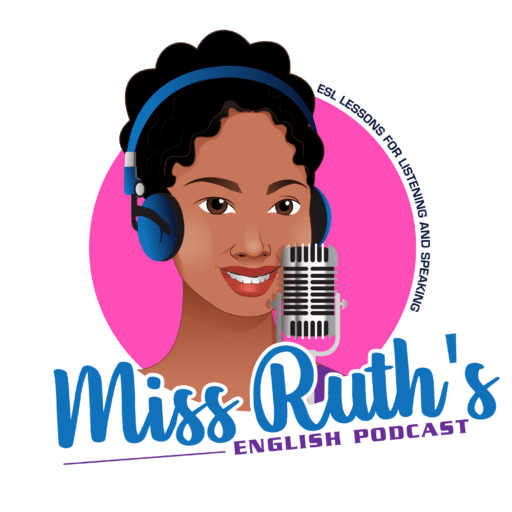Stop Consonants /p/ and /b/
Do you hear the difference between these two questions?
Now click on Questions to read what you just heard.
Questions
Would you like a pear?
Would you like a bear?
Consonants are divided into different groups, and /b/ and /p/, /d/ and /t/, /g/ and /k/ are called stops or plosives.
To say these sounds at the beginning and often in the middle of words, we block the air for a moment until the pressure builds up and then release it in an explosion. If you put your hand in front of your mouth, you can feel the exploding air hitting your palm.
/b/ and /p/ are a pair because to make the two sounds, you use the same mouth position. Touch both lips together, blocking the air for a moment, and then open them.
/b/ is voiced, which means if you touch your throat while you say /b/, you can feel your vocal cords vibrate.
However, /p/ is unvoiced, which means you can’t feel a vibration in your throat. Saying /p/ also releases more air than /b/.
To learn how to pronounce /b/ and /p/ clearly at the beginning of words and sometimes in the middle, go to the Resources page to watch helpful videos.
When ESL learners have trouble making a sound, the problem is either how you think of it or how you move your mouth. Everyone can make any sound in any language – it’s just a matter of changing your perception and your muscles.
Therefore, it’s important to practice with visual examples and practice a lot to train your brain and mouth to make the sound accurately.
Practice
Identify the words and sentences said in this interactive presentation.
Practice
Listen to these lines from the conversation, especially the stop consonants, and practice them yourself.
- Yeah sure, no problem.
- That’d be great.
- That’s probably High Park.
- There’s a long waterfront path by the lake.
- What’s the best park to visit?
